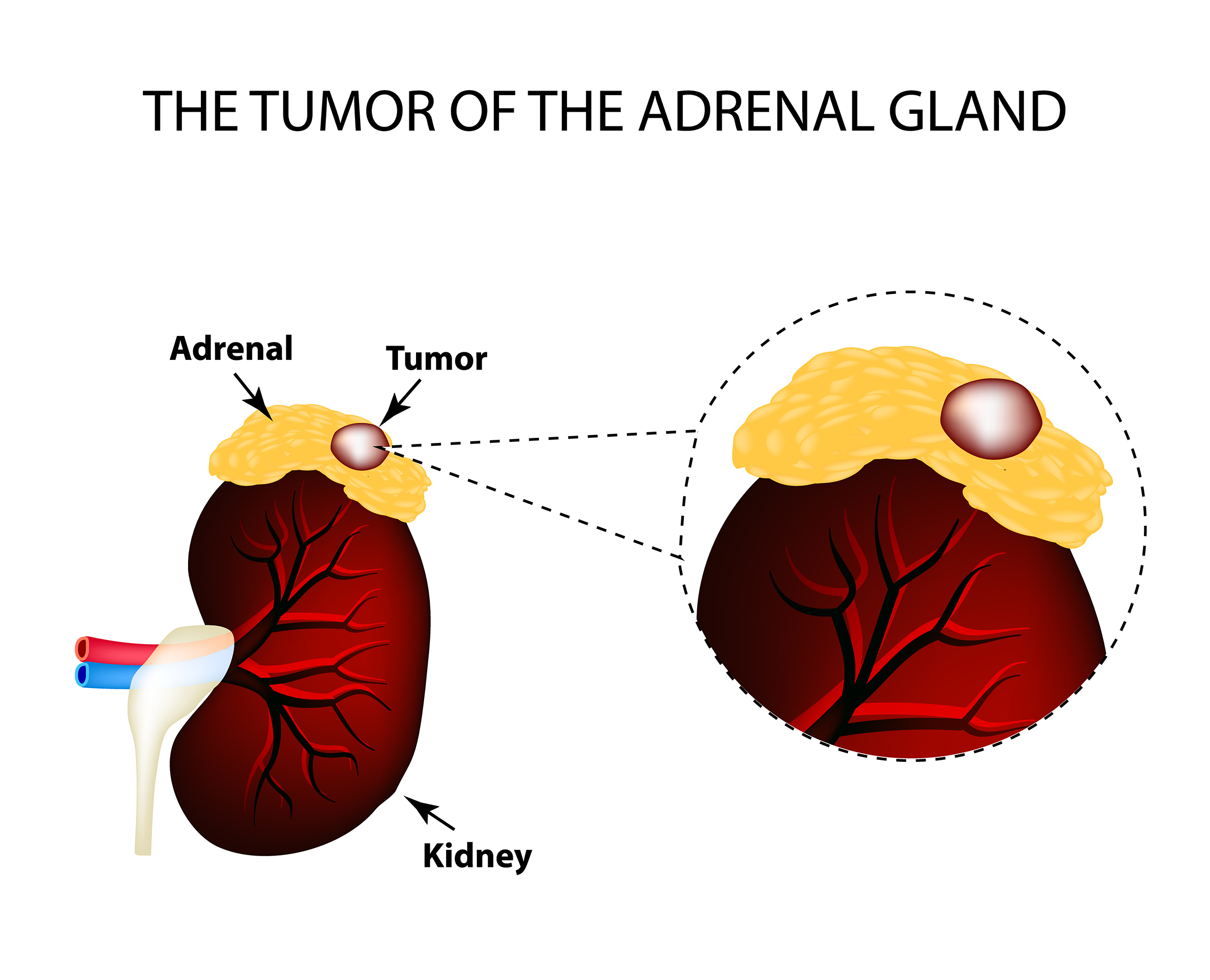
Tumors in the adrenal gland can be functioning or non functioning. The function part depends on which cell origin the tumor arises from. If it does grow from any of the hormone secreting cells, it will be functional. if not, then the tumor will not have any significant function.
Tumors are more commonly benign adenomas, rather than malignant adenocarcinomas. If functional, they can be medically controlled while being prepared for surgery. Laparoscopic Surgery has changed the outlook on the treatment of adrenal gland tumors. Open surgery used to entail a painful long thoraco-abdominal incision extending through the diaphragm (breathing muscle) to get to these tumors. Minimally invasive surgery either laparoscopic or robotic, made the surgical access easier, decreased all wound and breathing complications, provided better cosmesis and made the indications for adrenal surgery broader.
All functioning tumors carry different risks for malignancy, but all need to be resected especially if unilateral involving one gland. Pheochromocytoma (adrenal medulla tumor), Aldosterone secreting tumor (Conn’s Syndrome), Adrenal sex tumor (virilizing or feminizing), and Cushing’s Syndrome (Hydrcotisone secreting tumors) all can be benign or malignant. However, they all need medical preparation prior to surgery. At GBMC we have the expertise provide the full services with the cooperation of our endocrinologist and the well experienced endocrinologists at Jordan Hospital. The best anesthesiologists are at Jordan Hospital to handle the hemodynamic changes that can be associated with these operations. With the experience of our surgeons, those changes are all minimized.
Non functioning adenomas are removed if are large in size > 4 cm or enlarging in size over 6 months follow up. Laparoscopic surgery is the way to handle these tumors.
What remains an obstacle to laparoscopy is adrenocortical cancer. It has a poor overall prognosis, and a high recurrence rate when handled laparoscopically.

